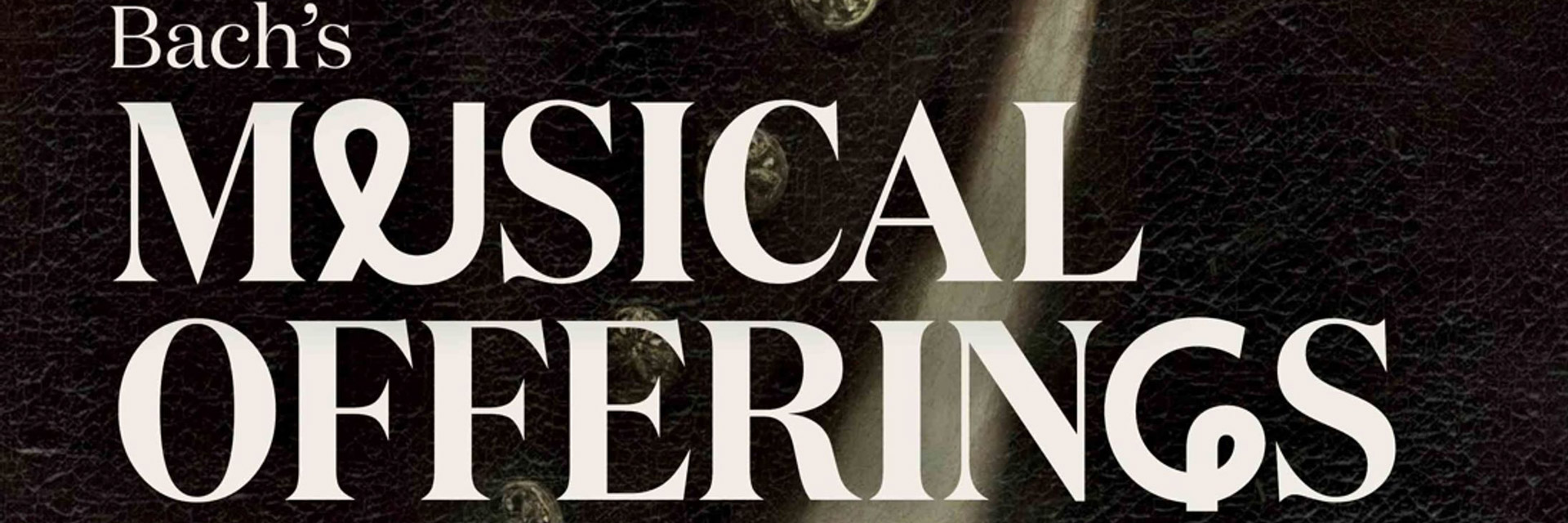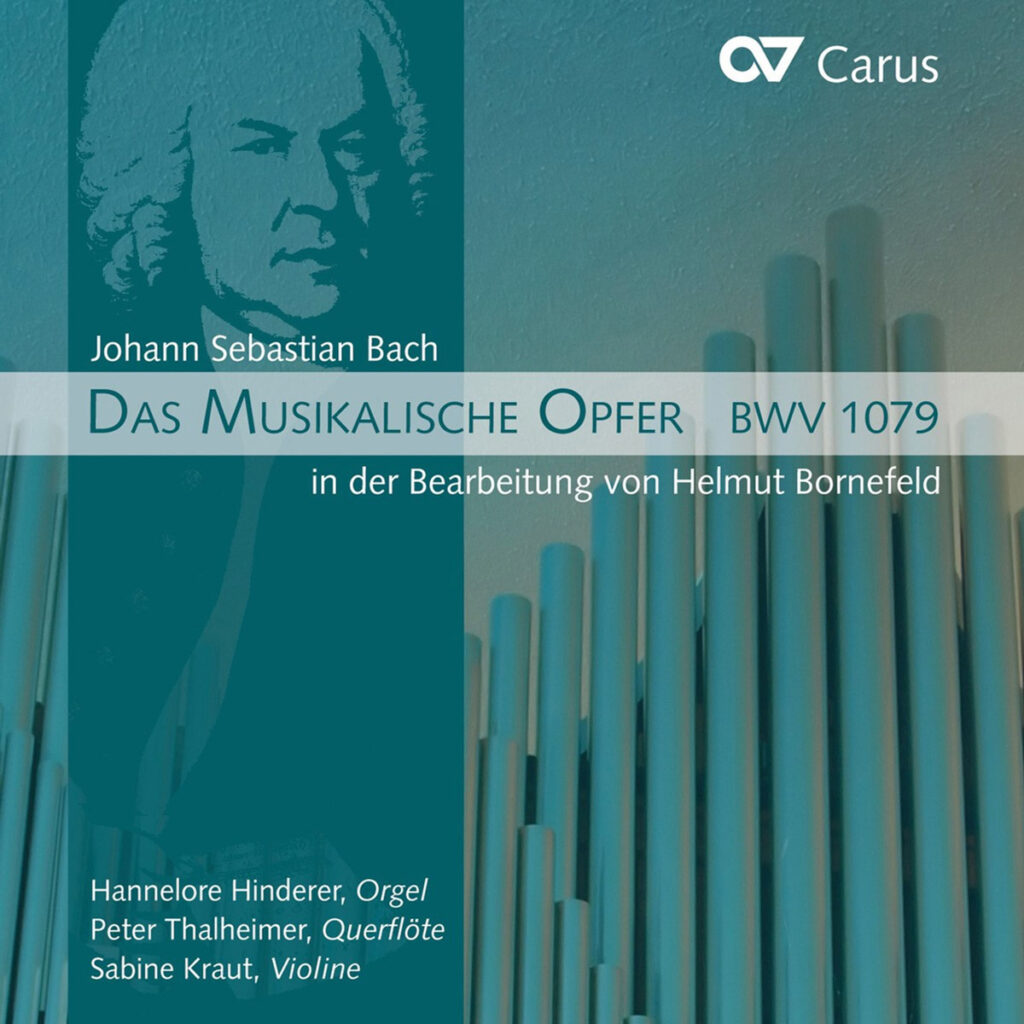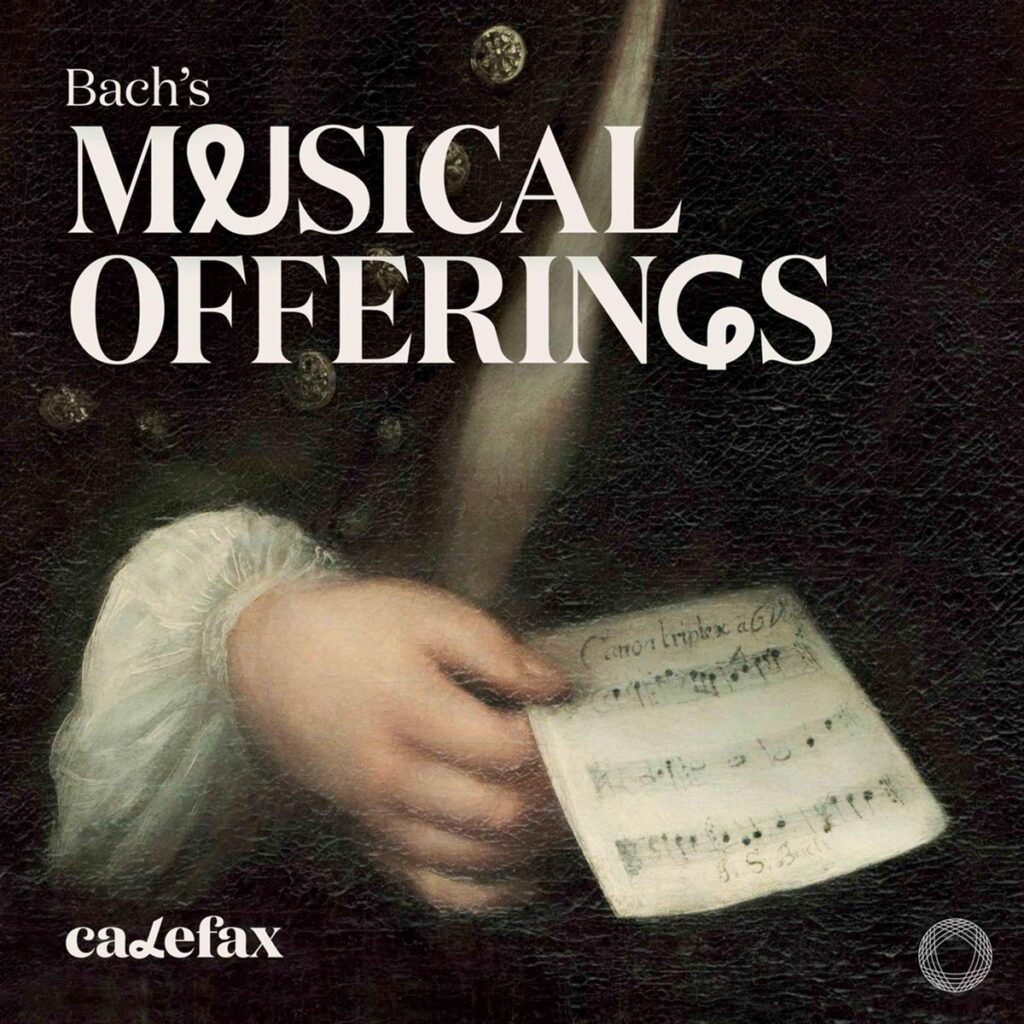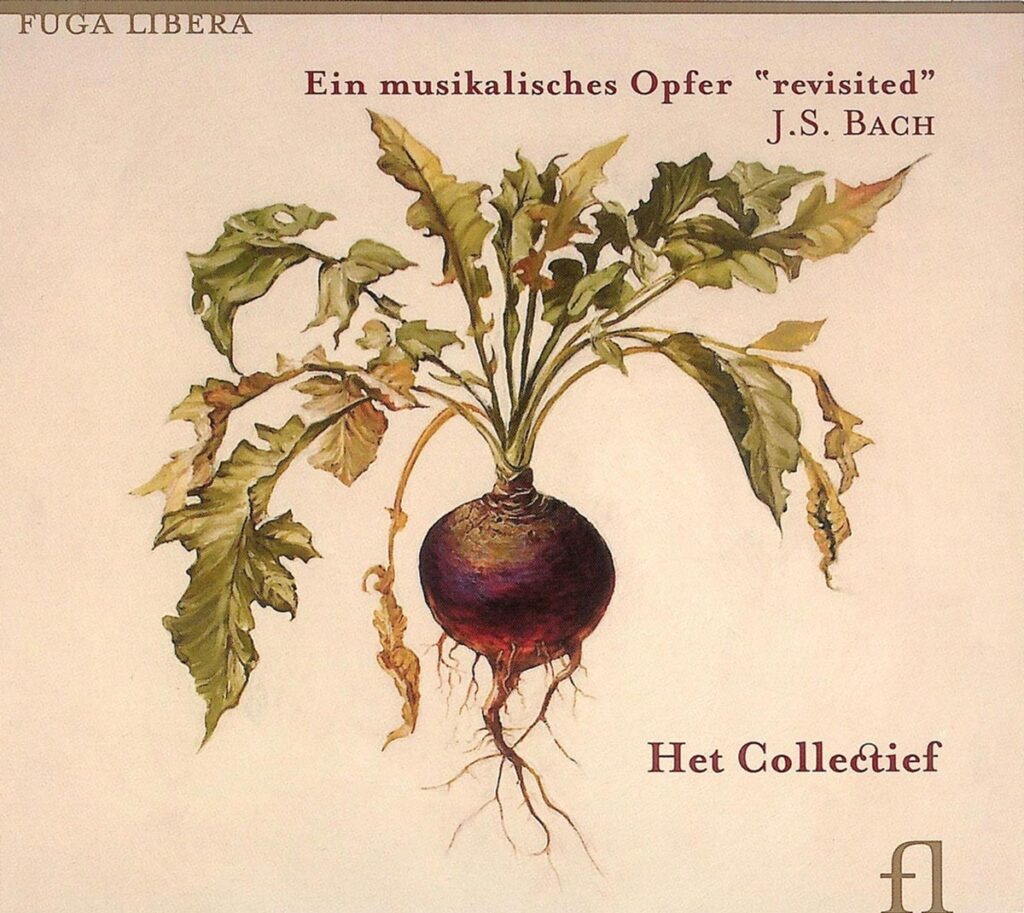Bach’s Musical Offering challenges creativity, even with deliberately unfinished inversion and riddle canons. Bach also relies on the musicians’ imagination when orchestrating these “mind games”.
The story is well known: in 1747, Johann Sebastian Bach visited his son Carl Philipp Emanuel in Potsdam after his boss, the Prussian King Frederick II, had repeatedly expressed the wish to get to know the “old Bach”.
So Bach ended up strolling through the Potsdam City Palace and was allowed to try out the Silbermann fortepianos – the king owned a total of 15 of these newfangled instruments. Finally, Frederick II gave the visitor a theme and asked him to improvise a three-part fugue on the piano, as Bach was famous for his ad hoc contrapuntal skills. He solved the task so well that the king immediately asked for a six-part fugue. However, Bach preferred to choose his own (more suitable) theme for this. He also missed the second manual on the fortepiano which he was so used to.
The encounter had an epilogue called Musical Offering (BWV 1079), as the king’s task naturally gave Bach no peace. Back in Leipzig, he began to “work out this quite royal theme more completely”. In addition to the three-part fugue, he now also composed the requested six-part version – a “true marvel of contrapuntal art” (Hermann Keller), set just so densely that it remains playable on two manuals with ten fingers. Bach called both pieces “ricercare” rather than “fugue” because of their freer form. And while he was at it, he also wrote ten canons on Friedrich’s theme as well as a four-movement trio sonata – more in the style of Prussian court music.
Bach did not specify a clear order or instrumentation for these 16 pieces or movements. It seems clear that a harpsichord and at least two violins and a flute (the king’s instrument) should be used. The Musical Offering is therefore usually played by a chamber ensemble of four to eight musicians. But didn’t Bach really compose for musicians of the future? In 1935, Anton Webern arranged the six-part Ricercare “melodically” for large orchestra.
The town church of Schorndorf near Stuttgart received a new organ in 1976, designed by church musician Helmut Bornefeld (1906-1990). Bornefeld wrote an arrangement of Bach’s Musical Offering for flute, violin and organ for the inauguration ceremony (Five of the pieces feature just the organ).
Church music director Hannelore Hinderer was Bornefeld’s student in Schorndorf – and later returned there. “I have played on many great organs,” she says, ”but I found my organ in the town church the most beautiful.” Hinderer’s recording (Carus 83.460) from 2012 makes the modern richness of color of Bornefeld’s instrument and the wit of his Bach arrangement clear. Bright, biting, present registers – and then again mysteriously muted and nasal timbres. Everything is refreshingly unhistorical.
Perhaps nowhere is Bach more revered than in the Netherlands. After the Amsterdam woodwind quintet Calefax had already arranged the Goldberg Variations and the Art of Fugue, their chief arranger Raaf Hekkema also thought about an adaptation of the Musical Offering.
For the six-part ricercare, he definitely needed a sixth wind player – he chose Arthur Klaassens on the lupophone, a bass oboe. And since there were already six voices, Hekkema composed the chords of the basso continuo in the other pieces in such a way that all the musicians are always busy. Eleven different woodwind instruments are used on Bach’s Musical Offerings (Pentatone PTC 5186 840) (2020). The purely wind-based translation and the interlaced order of the pieces are sometimes solemn, sometimes playful.
The Belgian formation Het Collectief, which also felt creatively challenged by Musikalisches Opfer, goes in a different direction. Without changing a single note of the composition, the five musicians boldly take Bach’s work into new, modernist worlds of sound, expression and feeling.
They take the altered character of the pieces into account with their own subtitles. Some are spherical and meditative (“Aeolian”, “Zen”), others wild and unleashed (“Tzigane”, “Mephisto”, “Hommage à Jimi H”). The five Flemings supplement the usual instruments (harpsichord, flute, violins) with alto and piccolo flute, clarinet, bass clarinet, piano, Fender Rhodes and small organ. Revisited (Fuga Libera FUG 601) from 2005 opens the Musical Offering wide for the future.




